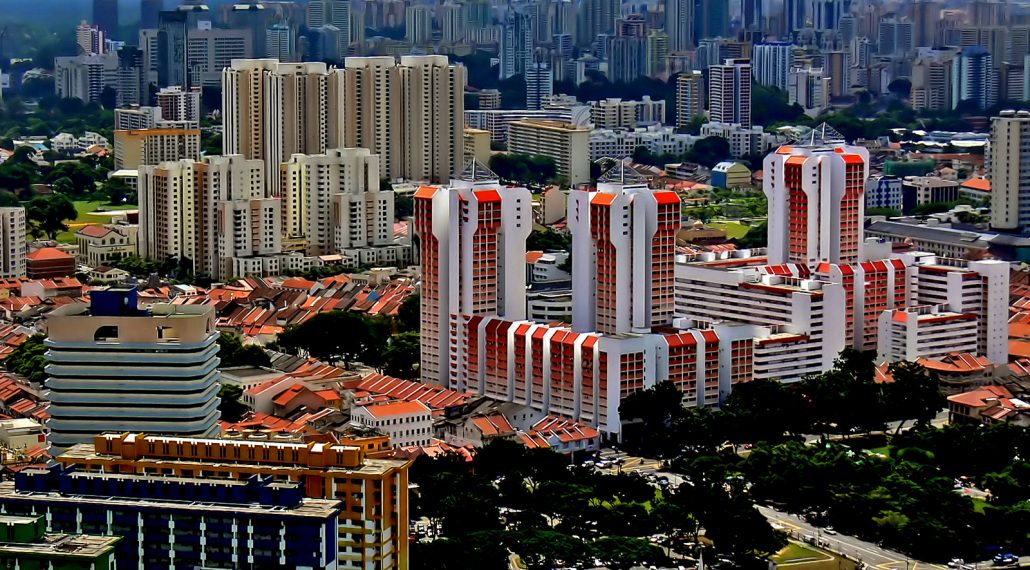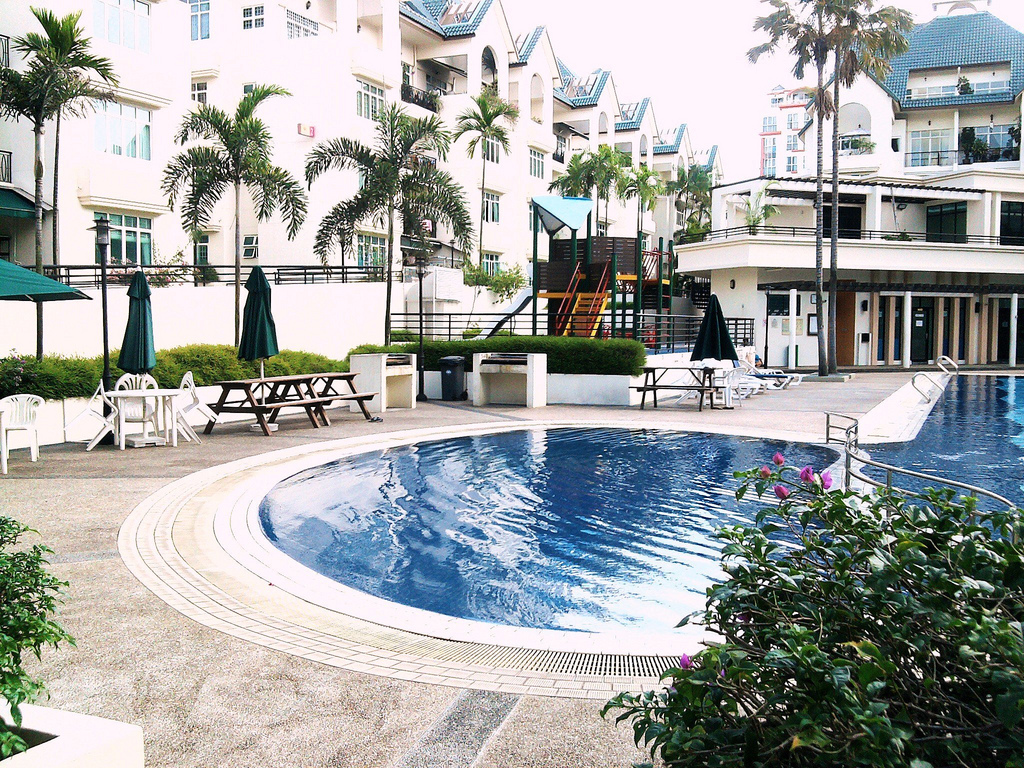Singapore has just retained, for better or worse, its title of the World’s Most Expensive City for Expats for 4 consecutive years by the EIU (Economic Intelligence Unit) in 2017. However, the high costs can be said to be, in a way, justifiable. The high standards of living which permeate through everyday life in Singapore and the availability of top jobs and companies setting base here are all factors which have resulted in an ever-increasing influx of expatriates relocating to the country.
Nevertheless, despite the limited land space due to the small size of the Lion City, therein lies several opportunities for core real estate investments of which values are expected to continuously appreciate over the next few years. Every single submarket of Singapore’s real estate industry (with the exception of the retail property market) has shown signs of rapid recovery after analysts have presumed them to already currently bottom out. As such, with counter-cyclical opportunities in abundance, this entails a question of ‘how-to-invest’ by foreign investors looking to tap into the market. If you are a foreigner wondering how to do so, here is a quick and easy 3-step guide:
Step 1:
Firstly, it is important to understand that there are no restrictions to buying commercial or industrial properties. However, for residential properties, they are categorised into those that are restricted and unrestricted for foreigners under Singapore’s Residential Property Act. Under this Act, a foreigner is disallowed from acquiring the following properties unless he/she obtains the prior approval from the Land Dealings Approval Unit (LDAU) from the Singapore Land Authority:
- Vacant Residential Land
- Landed Property
- Landed Property in strata developments which are not approved condominium developments under the Planning Act
However, the following are non-restricted residential properties which can be purchased under the aforesaid Act:
- Any apartment within a building
- Any unit in an approved condominium development under the Planning Act (Note: A foreign person is not allowed to acquire all the apartments within a building or all the units in an approved condominium development without the prior approval)
- A leasehold estate in restricted residential property for a term not exceeding 7 years, including any further term which may be granted by way of an option for renewal
Based on this knowledge, one can then decide on the market that he/she would invest in. This brings us to Step 2: Contacting an agent + Consideration of costs
Step 2:
Once a property has been aimed for, or decided on and approved, one can should then approach a seller or an estate agent to express interest and reach an agreement on the price. Upon doing so, it is important to take note of the costs which are as follows:
- Option to Purchase (OTP): Your lawyer will ask you to sign an ‘Option to Purchase (OTP)’ – this costs 1-5% of the property price and entitles you to an exclusive right to purchase the subject property within a period of about 3 weeks.
- Sale and Purchase Agreement: Upon exercising the option, it is imperative to understand the costs involved. These costs include:
a. *Stamp duty (refer to point 3 for further info): up to 3% of property value
b. Legal fees: basically fees for the property lawyer which costs about 0.3% of the property price.
c. Agent fees: typically about 1%
d. Registration fees for the ownership title of the said property
- *Point to note: Stamp Duty: Stamp duty, in terms of buying, has two types which are payable – Buyer’s Stamp Duty (for all properties) and Additional Buyer’s Stamp Duty (for residential properties.
a. Buyer’s Stamp Duty (BSD)
This is payable for all types of property purchased and based on the purchase price or the market value of the property (also known as the ‘Base’, whichever is higher. With a progressive rate of 1% to 3%, the rates are as follows:
|
Purchase Price or Market Value of the Property |
BSD Rates |
| First $180,000 | 1% |
| Next $180,000 | 2% |
| Remaining Amount |
3% |
Source: IRAS
b. Additional Buyer Stamp Duty (ABSD)
On the other hand, the ABSD is payable only for the purchase of residential properties. The calculation for it, like BSD, is based on the purchase price or market value of the property, whichever is higher. However, should you be a foreigner (or permanent resident, for that matter), the payable rates are as follows:
| 1st Residential Property | 2nd Residential Property | 3rd & Subsequent Residential Property | |
| Singapore Citizens | NIL | 7% | 10% |
| Permanent Residents | 5% | 10% | 10% |
| Foreigners & Entities | 15% | 15% | 15% |
Source: IRAS
Another point to take note of is the fact that if a property is of mixed-use type, then the ABSD is calculated via the ‘Base’ which can be attributed to the residential component only.
Step 3:
Finally, once the property has been successfully purchased… it is not the end yet! There are other unavoidable costs: annual taxes. There are 2 main forms of taxes which one must take note of:
- Property taxes
Besides all the other costs (and also maintenance costs), one has to pay an annual property tax as well. According to IRAS, this can be calculated as follows: Annual property tax = Annual Value of property (AV) x Tax rate payable.
Now just to be clear, the AV is an adjusted figure of the projected annual rent that you could have earned from the property based on current market conditions. On the other hand, the tax rate payable is on a progressive basis of between 0 to 16%, depending on the AV of the property.
- Taxation of Rental income
The other taxation only applies if you actually earn rental income from the property you purchased. You have to declare the amount on your income tax return statement form, under the section of ‘Other income: rent from property’.
Nevertheless, this can be calculated via the following formula: Taxable Rental Income = Annual Rent – Deductible Costs. These costs include the following: interest paid on home loans, property taxes, fire insurance, costs for maintenance and utility bills. Foreigners who spend at least 183 days of the tax year in Singapore will have to pay a progressive income tax rate of 0-20%, otherwise, the rental income is taxed at a flat rate of 20%.
However, to make things easier, IRAS (Inland Revenue Authority of Singapore) has posted an excel sheet on their page for this which enables you to simply key in the numbers for the projected taxable rental income, under the ‘Rental Calculator’ section.
All-in-all, these are the main procedures and important things to take note of should you desire to invest in properties in Singapore. However, amidst all the applications, another essential step is to select the best financing options for your property purchase. For that, in order to save time on research, enquiries and ultimately mitigate costs, it would be wise to contact a Singapore-based mortgage advisory company such as Redbrick to assist you in facilitating an efficient acquisition.
–
Want to find the best mortgage rate in town? Check out our free comparison service to learn more!
Read more of our posts below!



